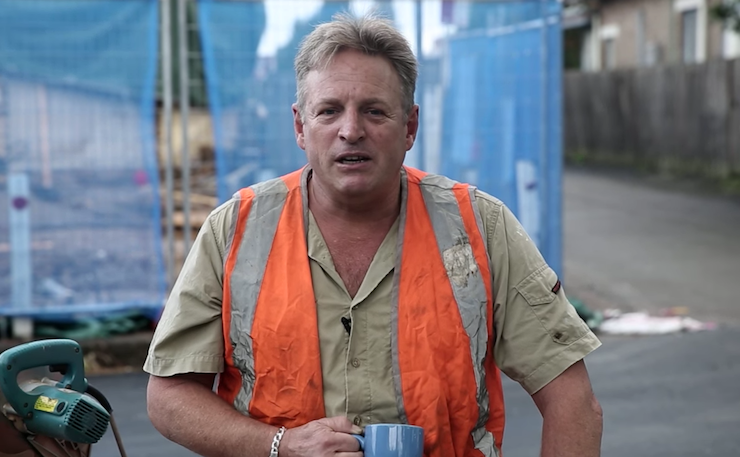Work one hour a week and you’re not counted as unemployed. That’s why the numbers look better than they are, writes Jim Stanford.
The Reserve Bank of Australia, like central bankers around the world, is sailing in uncharted waters. In its recent Monetary Policy Report the RBA acknowledged inflation will not likely recover to its target range (between 2 and 3 per cent) until 2019, despite record-low interest rates. The report noted one important factor behind below-target inflation: headline unemployment numbers no longer provide (if they ever did) an accurate measure of labour market slack.
The official unemployment rate is 5.8 per cent. That’s down from 2014 and 2015, and certainly seems modest compared to most other OECD countries (especially in Europe). But the Bank now acknowledges “there could be more spare capacity in the labour market than implied by … the unemployment rate.”
A combination of persistent weakness in hiring and structural changes in employment relationships mean that workers have much less capacity to demand and win higher wages than in previous times, for any given level of unemployment. This has important implications for consumer spending, social conditions, and monetary policy.
To be considered officially unemployed, a worker cannot have worked at all during the week covered by the monthly Australian Bureau of Statistics survey. If they worked even a single hour, then they’re not unemployed; they are a part-time worker.
Moreover, an unemployed worker must have been seeking work vigorously enough to meet the ABS definition of “active search”. That test is relatively strict (involving activity like registering with an employment agency, submitting active applications, or starting a business); just reading newspaper ads or scanning employment websites is not enough. Someone not working but not sufficiently active to meet that standard disappears from official unemployment statistics.

Because of these two hurdles, hundreds of thousands of Australians who want work (or want more work) are excluded from the official unemployment number. The ABS regularly asks part-time workers if they want more hours. Nearly 1.1 million say they do, almost 30 per cent of all part-timers. And part-time jobs (including those offering just a few hours per week, or with variable “on call” schedules) account for the lion’s share of new work. Sixty per cent of all new jobs in the last four years (and 140 per cent of new jobs so far this year) are part-time.
Australia’s reliance on part-time has grown steadily to almost one in three jobs today. That is one of the highest part-time dependencies of any industrialised country (behind only he Netherlands and Switzerland).
Pessimism about the availability of jobs is a key factor behind the decline of labour force participation in Australia, and this constitutes another pool of hidden labour market slack. Male participation fell by almost two percentage points since the global financial crisis hit in 2008. Female participation plateaued, meanwhile, in contrast to the steady gains in participation experienced throughout the postwar era.
If female participation had maintained its previous trend (as would be expected given the entry of young women, almost all of whom work, into the labour force), female participation would be two points higher than today. Declining participation, largely reflecting weak job prospects, has thus taken almost 400,000 Australians out of the official labour market.
By considering all three categories of underutilised worker (officially unemployed, working but need more hours, and non-participants), we generate a much higher measure of labour market slackness: close to 17 percent, almost three times higher than the official unemployment rate. Little wonder, then, that wage pressures are so weak.
Wage inflation is running at historic lows (barely one per cent per year in the private sector), much lower than would normally be expected with unemployment at “only” 5.8 per cent. There has been a deeper disempowerment of workers, both unionised and non-unionised, that undermines normal wage-setting forces. Since wages are the most influential price in the whole economy, this clearly contributes to below-target inflation.
There are other factors behind the structural weakness in labour markets, including the prevalence of casual and temporary work, the ubiquitous role of labour hire agencies, and growing own-account self-employment (people who run small operations, but with no employees of their own). The implication for the RBA is clear: it will take several years of robust job-creation, and sustained improvements in both the quality and the quantity of work, before wage inflation dares stick its head up again.
Donate To New Matilda
New Matilda is a small, independent media outlet. We survive through reader contributions, and never losing a lawsuit. If you got something from this article, giving something back helps us to continue speaking truth to power. Every little bit counts.





